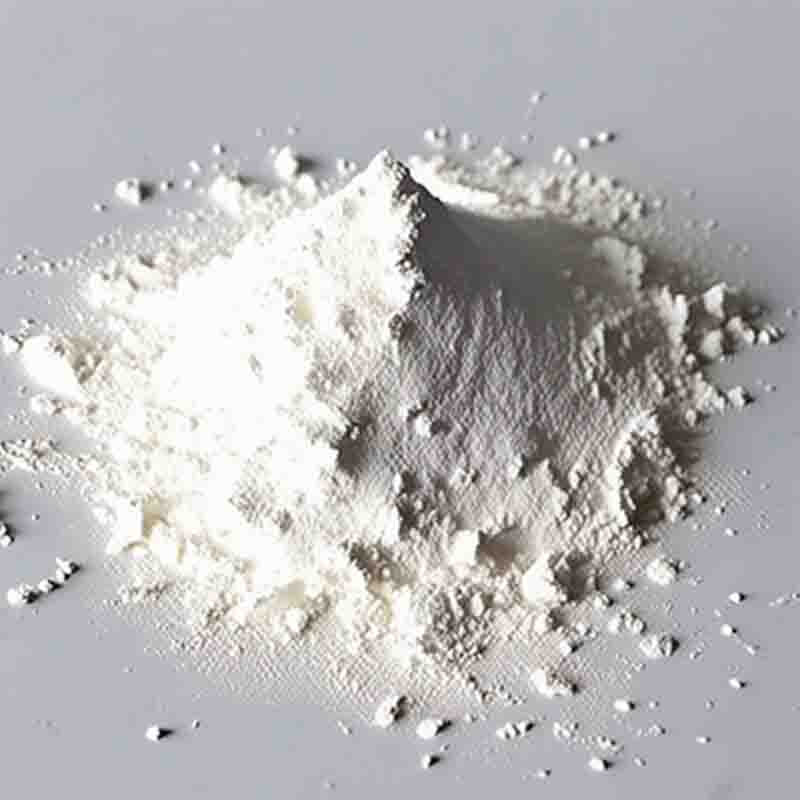Palladium (II) Acetate CAS: 3375-31-3
| Catalog Number | XD94386 |
| Product Name | Palladium (II) Acetate |
| CAS | 3375-31-3 |
| Molecular Formula | Pd(OCOCH3)2 |
| Molecular Weight | 226.52 |
| Storage Details | Ambient |
Product Specification
| Appearance | White powder |
| Assay | 99% min |
Palladium (II) acetate, represented as Pd(OAc)2, is a coordination compound that is commonly used as a catalyst in various organic reactions. It consists of a palladium(II) ion coordinated with two acetate (CH3COO-) ligands. This compound has proven to be highly versatile and efficient in catalyzing a wide range of transformations.One of the primary applications of Pd(OAc)2 is in the field of carbon-carbon bond formation, particularly in the Heck reaction. The Heck reaction involves the coupling of aryl or vinyl halides with alkenes to form a new carbon-carbon bond. Palladium (II) acetate, in combination with a suitable ligand and a base, acts as a catalyst in this process. It facilitates the oxidative addition of the aryl or vinyl halide to the palladium center, followed by insertion of the alkene and reductive elimination, resulting in the formation of the desired product. The Heck reaction is widely used in the synthesis of pharmaceuticals, agrochemicals, and materials.Pd(OAc)2 is also utilized in other important carbon-carbon bond-forming reactions, such as the Suzuki-Miyaura and Stille reactions. In the Suzuki-Miyaura reaction, it catalyzes the cross-coupling of aryl or vinyl boronic acids with aryl or vinyl halides, leading to the formation of carbon-carbon bonds. Similarly, in the Stille reaction, it enables the coupling of organic halides with organotin compounds. These transformations are fundamentally important in organic synthesis and have broad applications in the pharmaceutical and materials industries.Additionally, Pd(OAc)2 finds applications in other catalytic processes, such as allylic oxidations, oxidative carbonylations, and C-H functionalization reactions. In allylic oxidations, it selectively oxidizes allylic substrates to form reactive intermediates that can participate in further transformations. In oxidative carbonylations, it enables the incorporation of carbon monoxide (CO) into organic compounds, leading to the synthesis of carbonyl-containing molecules. Moreover, Pd(OAc)2 has been employed in C-H functionalization reactions, where it activates otherwise unreactive carbon-hydrogen bonds, allowing for the direct functionalization of these bonds without relying on pre-functionalized starting materials.In summary, palladium (II) acetate (Pd(OAc)2) is a highly versatile catalyst in organic chemistry. Its applications in carbon-carbon bond-forming reactions, such as the Heck, Suzuki-Miyaura, and Stille reactions, make it invaluable in synthesizing complex organic molecules. Additionally, its use in allylic oxidations, oxidative carbonylations, and C-H functionalization reactions expands the toolbox of organic chemists, providing efficient methods for the synthesis of various compounds. The versatility and efficiency of Pd(OAc)2 make it an essential catalyst in the field of organic synthesis.


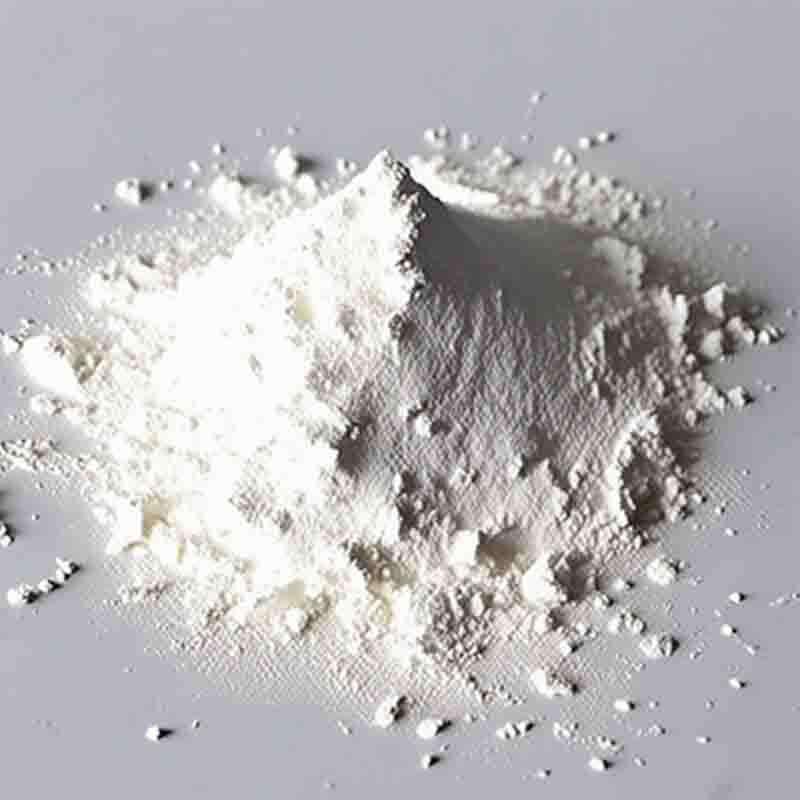

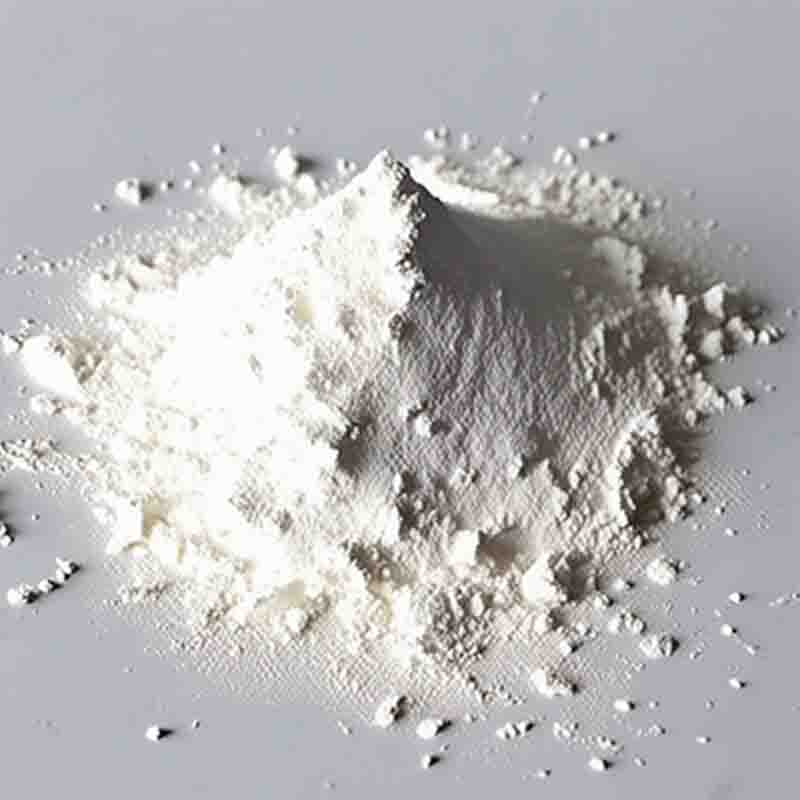
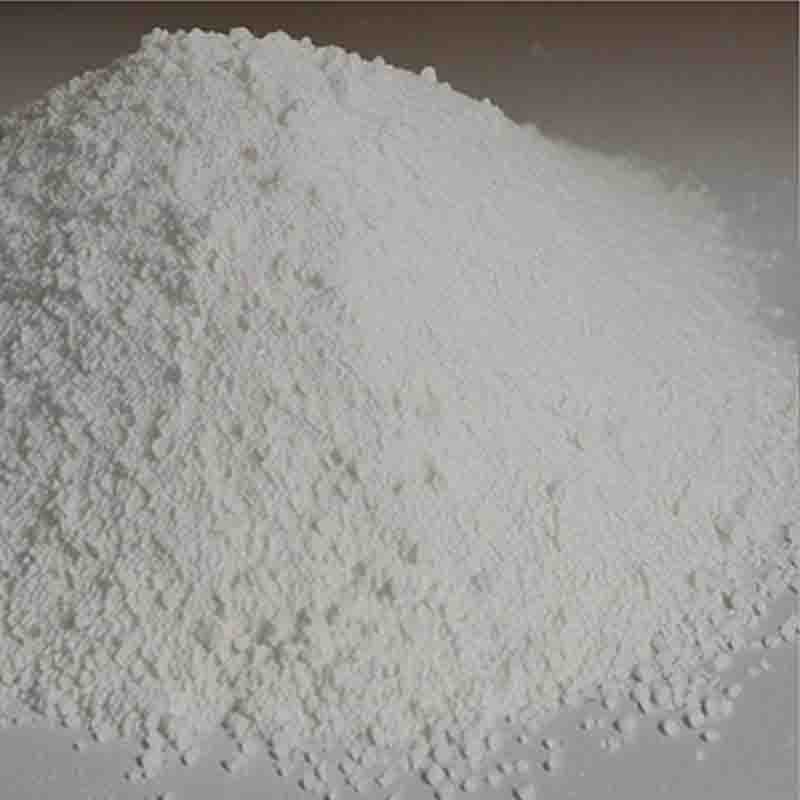
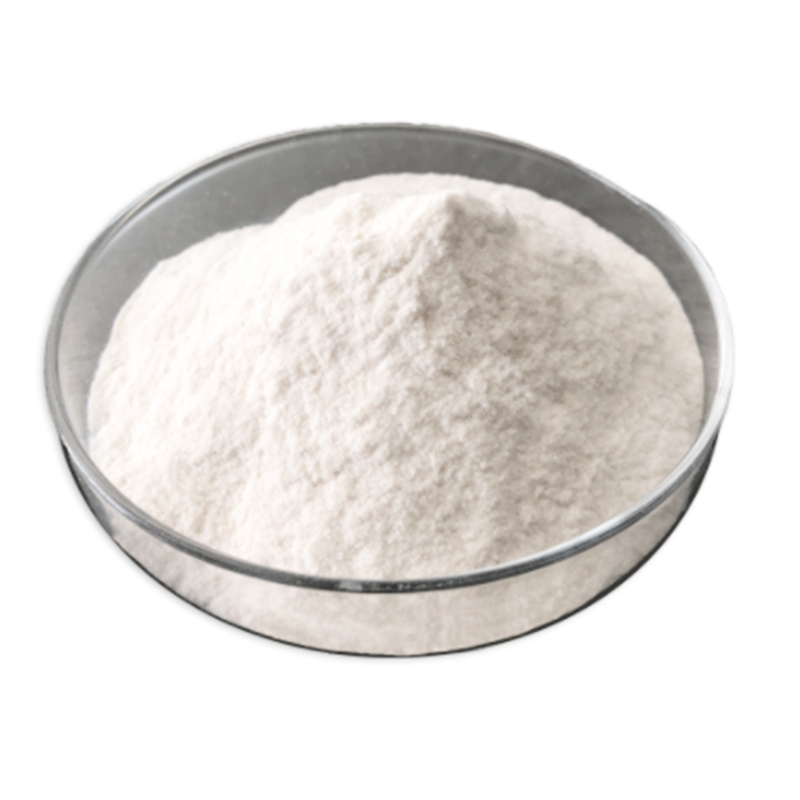
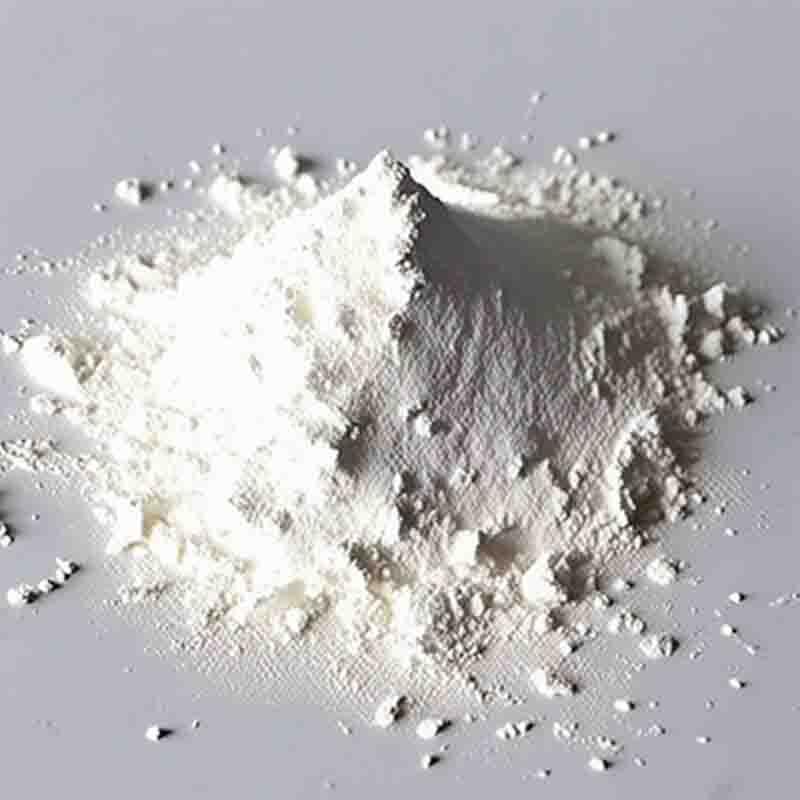
![N-[3-(Isodecyloxy)propyl]propane-1,3-diamine Cas:72162-46-0](https://cdn.globalso.com/xdbiochems/未标题-188.jpg)
